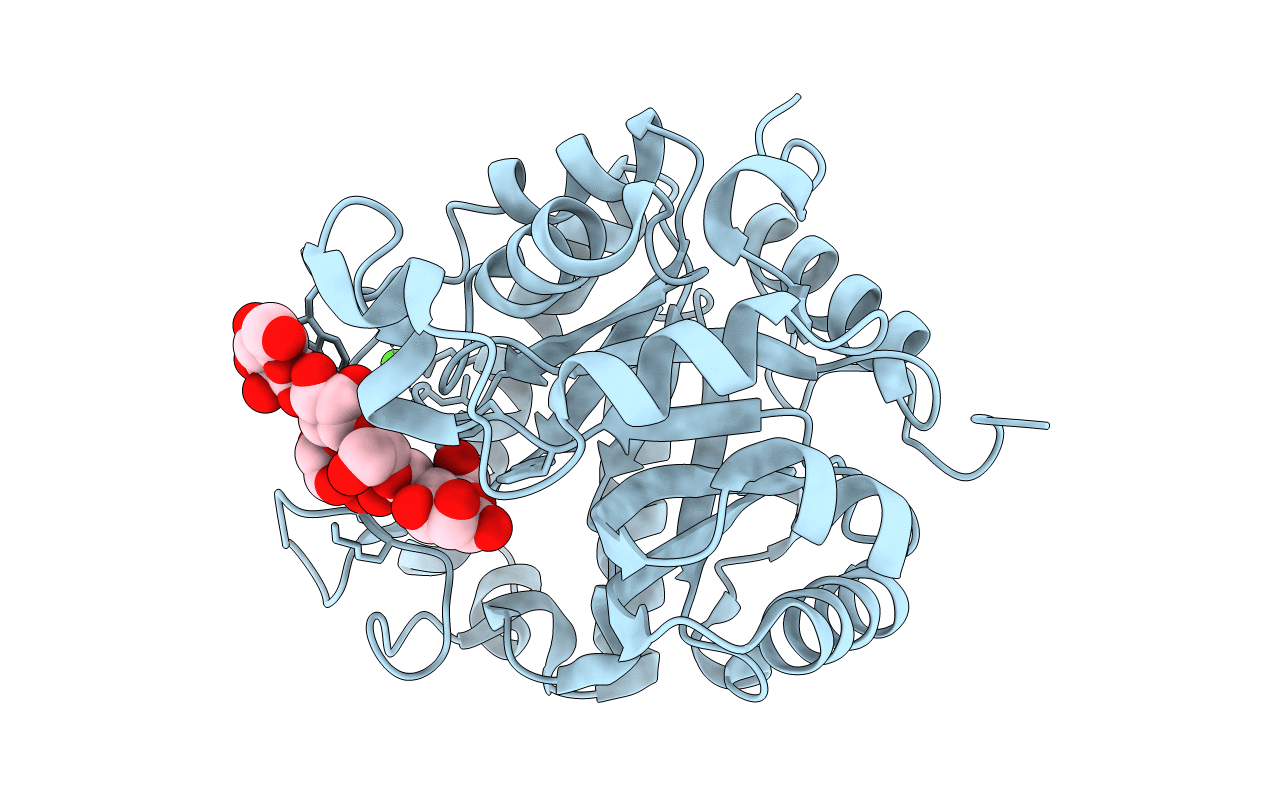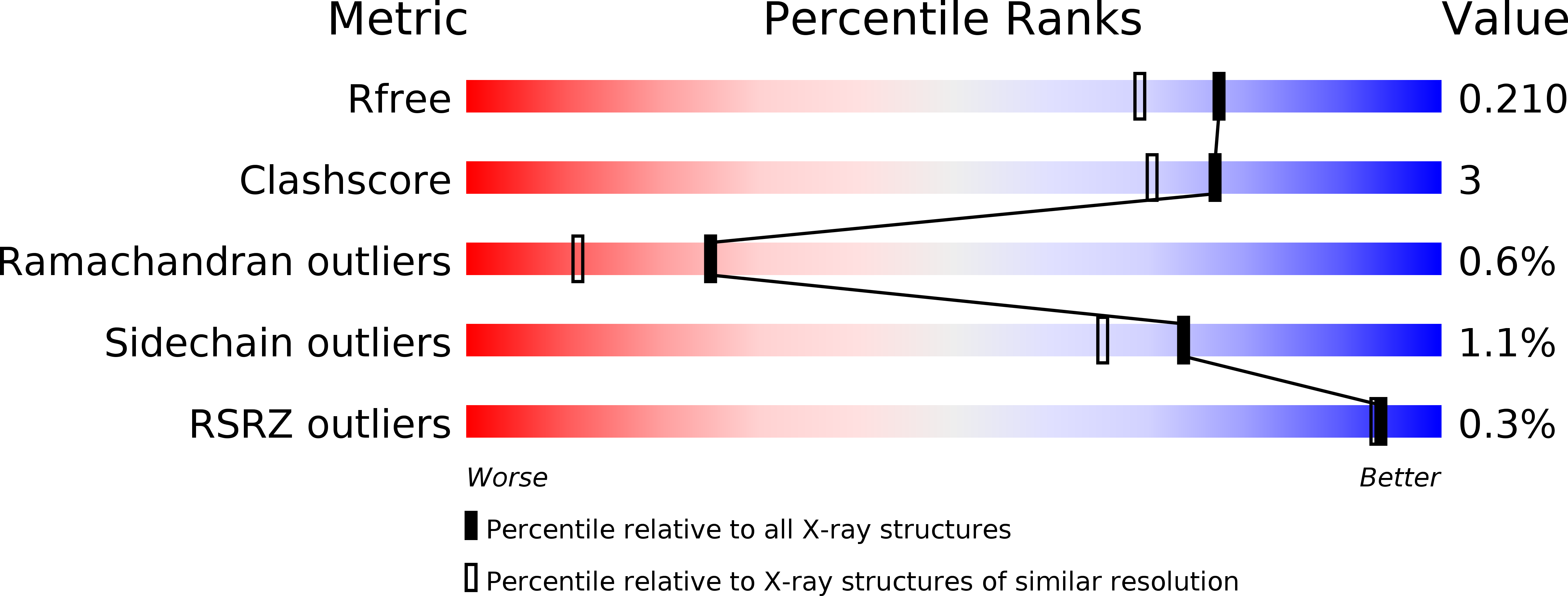
Deposition Date
2018-08-21
Release Date
2019-04-24
Last Version Date
2024-05-15
Entry Detail
PDB ID:
6HF4
Keywords:
Title:
The structure of BoMan26B, a GH26 beta-mannanase from Bacteroides ovatus, complexed with G1M4
Biological Source:
Source Organism:
Host Organism:
Method Details:
Experimental Method:
Resolution:
1.78 Å
R-Value Free:
0.21
R-Value Work:
0.17
R-Value Observed:
0.17
Space Group:
P 21 21 21


